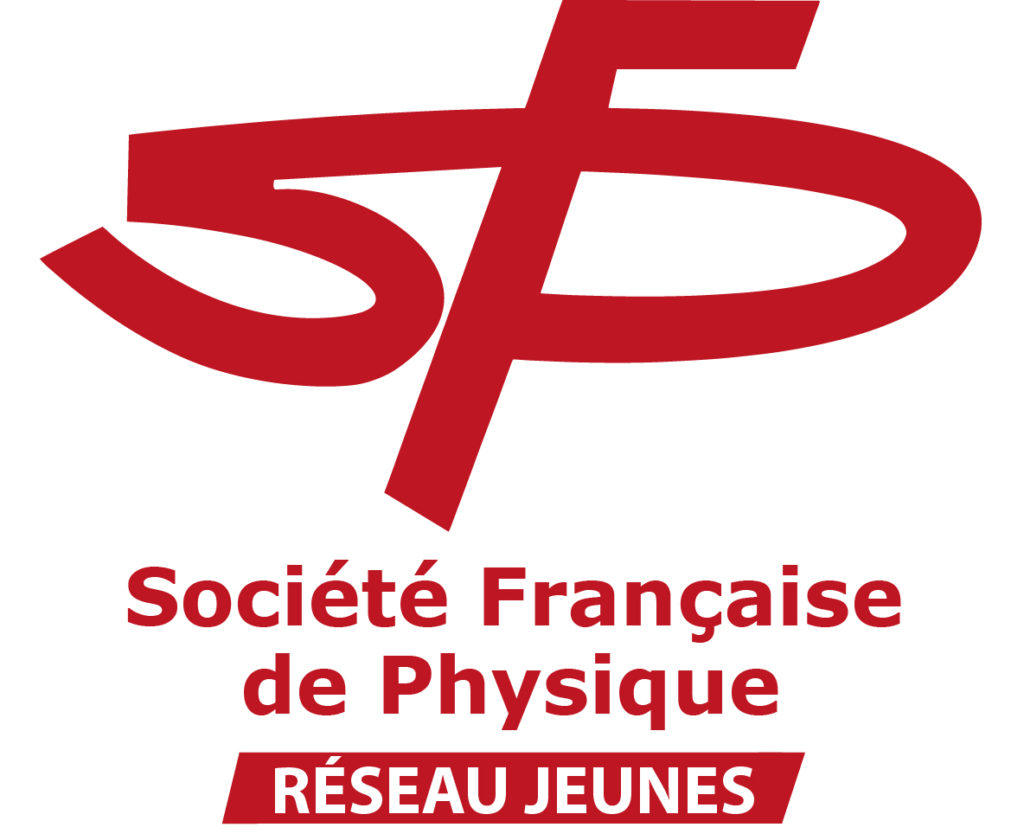Une version pdf des problèmes est disponible ici.
Une version adaptée aux smartphones est ici.
1. Galton Board
Dropping a set of beads on a board with evenly distributed pegs results in a binomial distribution. Is it possible to generate other kinds of distributions by varying some parameters (Pegs size, pegs distribution, bead format, etc.)? Is it possible to achieve a distribution that does not obey the central limit theorem in an i.i.d. scenario? What happens to the distribution when one makes the board vibrate?
3. Solenoid resonance
Consider a helicoidal spring hanging vertically with a mass attached to it as a solenoid. If one lets current flow through the spring, it creates a magnetic field. How can one influence the motion of the spring by changing this current? What happens if we put this system in an RLC circuit (where L is our spring) with AC current? What kind of resonant phenomena and energy transfer between the mechanical and electromagnetic modes can be achieved?
4. Alcohol sound check
Some distilleries in Brazil praise their product’s quality by the distinct sound it makes when the bottle is hit after being quickly turned upside down. Investigate the phenomenon. Why does the effect not work with alcoholic carbonated drinks? What other liquids will maintain this “damping” effect for longer? https://youtu.be/CoSdcy4cfHA
5. PVC cement droplets
PVC cement is a material used in plumbing to solder PVC pipes together. PVC cement droplets have been observed to spin when dropped in water. Explain the physical mechanisms that cause the peculiar motion of the droplets. Study how the shape of the droplets impacts their rotation. Can you create droplets that propel across the water instead of rotating? Maximize their rotational and translational motion. https://youtu.be/38XWz1IL6j8
6. Salty shapes
In some deserts, such as Death Valley, one can see salt polygons that have formed through the evaporation of salty water (https://physics.aps.org/articles/v16/31). Investigate and explain the phenomenon. Reproduce the phenomenon in the lab. Which twodimensional pattern can one obtain in such an experiment? What is the size of the smallest polygon you can obtain?
7. Smart water
If you let water flow in a maze you end up with a physical maze-solving algorithm. Many other algorithms and computations can be done with physical systems. Create a water-based computer (without electronics) that solves an NP-hard problem. https://youtu.be/81ebWToAnvA
8. Peculiar echo
The combination of a clap and the massive pyramid (Chichen Itza, Mexico) gives rise to a mysterious sound called “Quetzal tail”, as shown in the video. Investigate the phenomenon, find the necessary conditions to create it, and reproduce it. https://youtu.be/cvC_deZuDDg
9. The bright spot
There is a famous phenomenon in wave optics called the Arago-Poisson spot where a bright spot is created in the middle of the shadow of a spherical object when one shines coherent light on it. By shining the light on other types of solids (e.g. cubes, cylinders, etc.) one gets different patterns to appear in the shadow of the object. What information about the geometry of a solid can be obtained by analyzing the pattern in its shadow?
10. Bubbles under a wet glass
In the right conditions, if a wet glass is turned upside down and put on a flat (but not necessarily polished) surface, air bubbles start appearing in the bottom part of it. Reproduce and explain the phenomenon. Which parameters define the number of bubbles (and lines, in which they aggregate) and their lifetime? Can one make a complete circle of bubbles along the inner wall of the glass? https://youtu.be/7CIT1KvoUpU
13. Egg fight
Egg tapping is a traditional game where two players hold a boiled egg. Each player hits the other player’s egg with their own, as shown in the video. The player whose egg has cracked loses the game. Devise a non-invasive method to predict the winning egg among the given two. Improve the prediction with invasive examination methods. https://youtu.be/wNoUPcRsD8U
17. Thermal snail
Make an autonomous device that makes use of thermal expansion to move due to daily temperature fluctuations. Your device should work in the shade and is not allowed to include any electronics or piezoelectric elements for transduction. Furthermore, you are not allowed to exploit any temperature difference between the device and the surface it is on. Maximize its speed for a fixed maximum linear dimension of 10 cm and your outdoor weather conditions (or equivalent laboratory conditions if the outside weather is not suited to the experiment).

